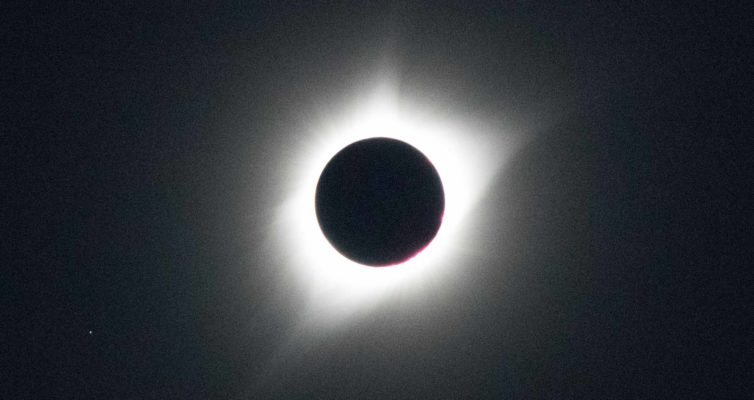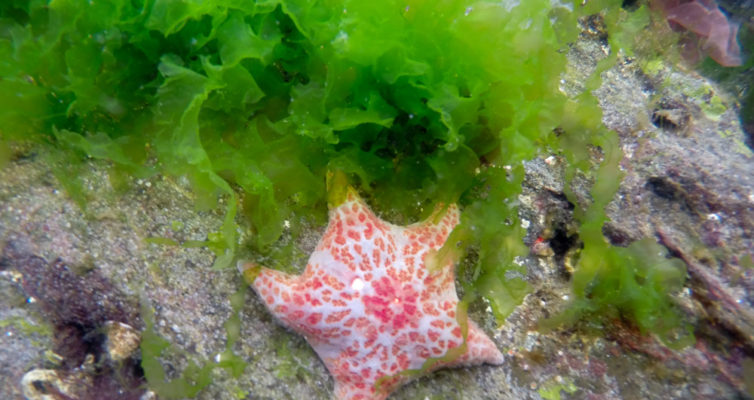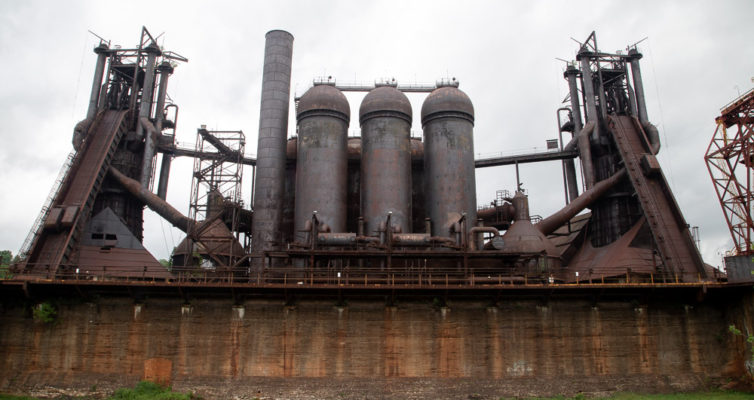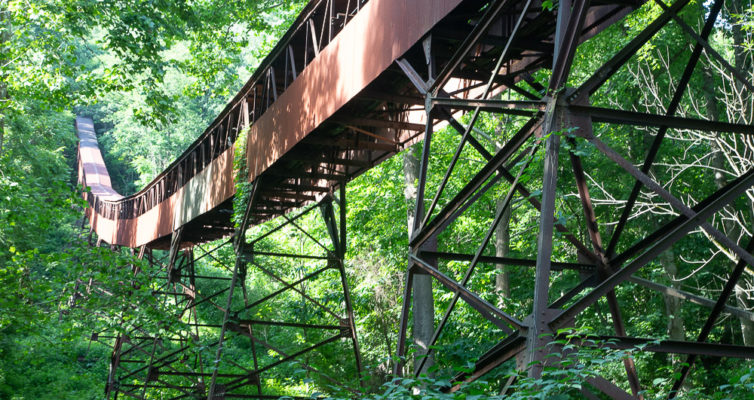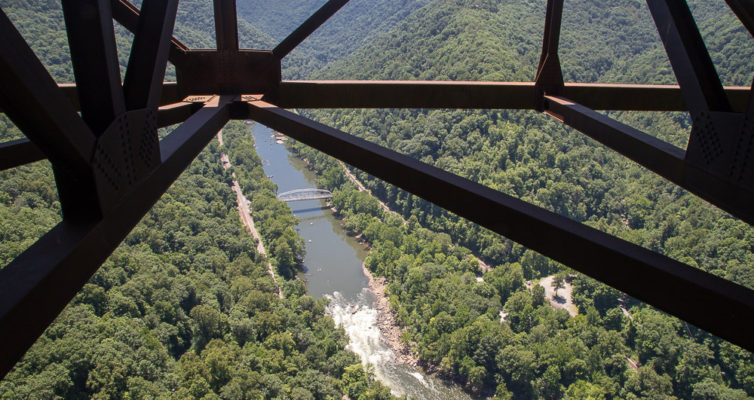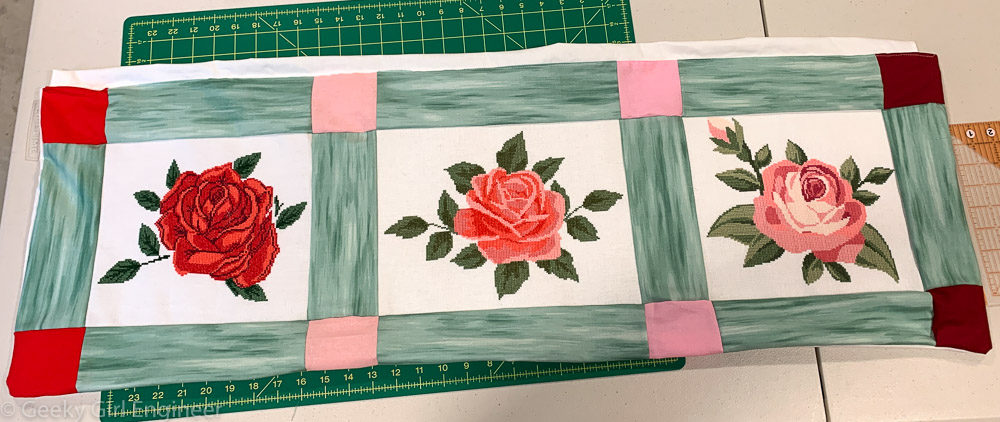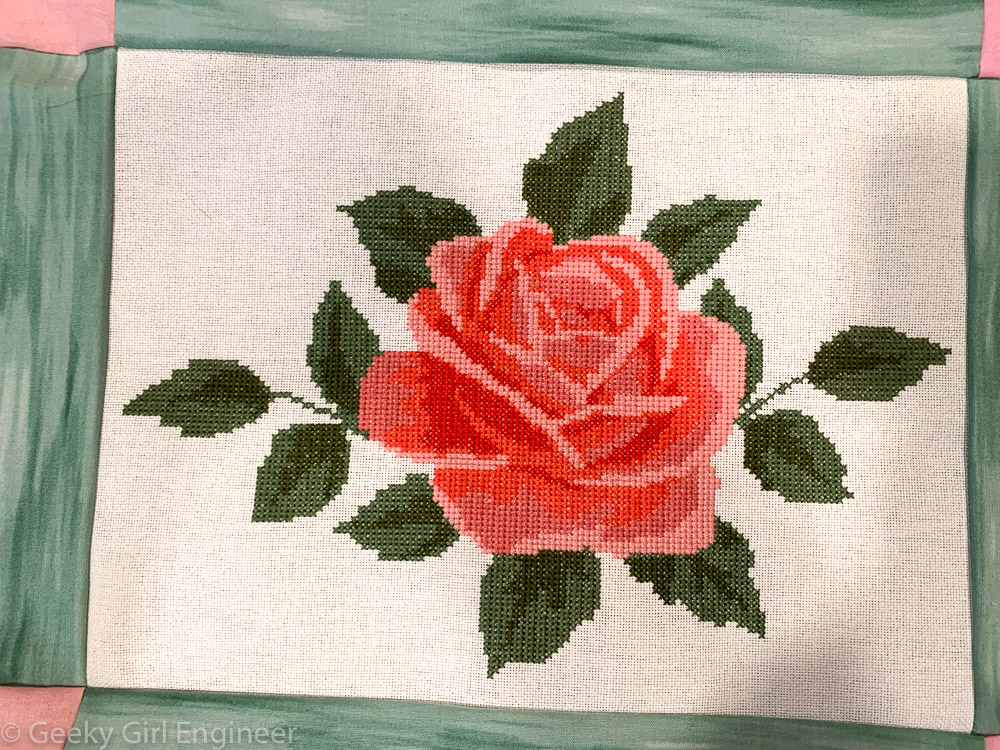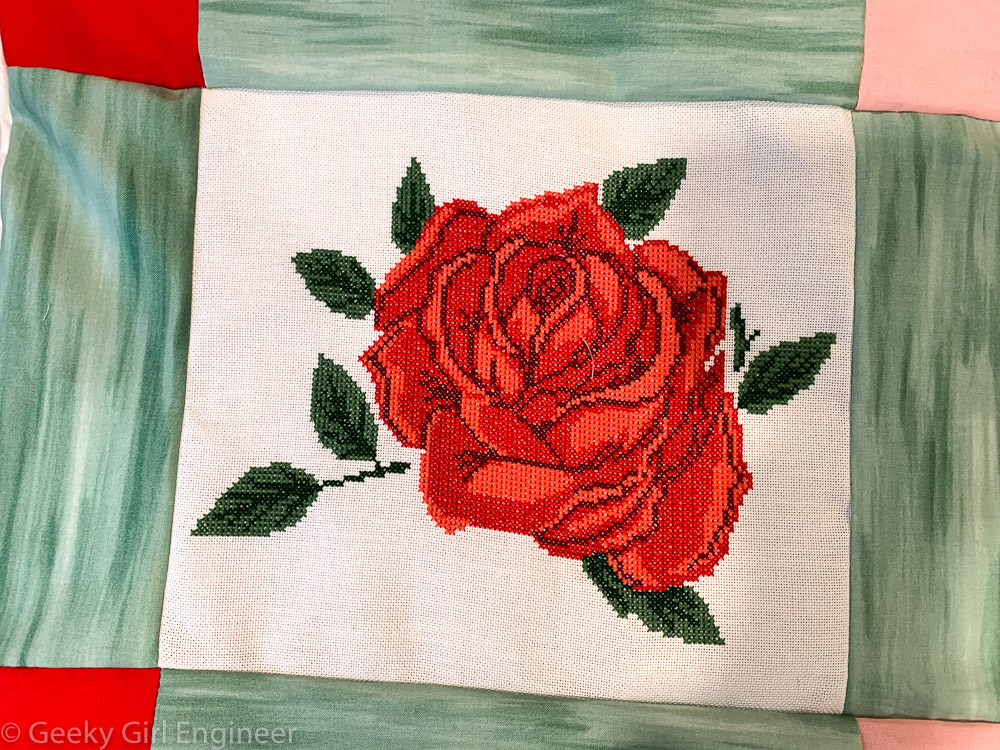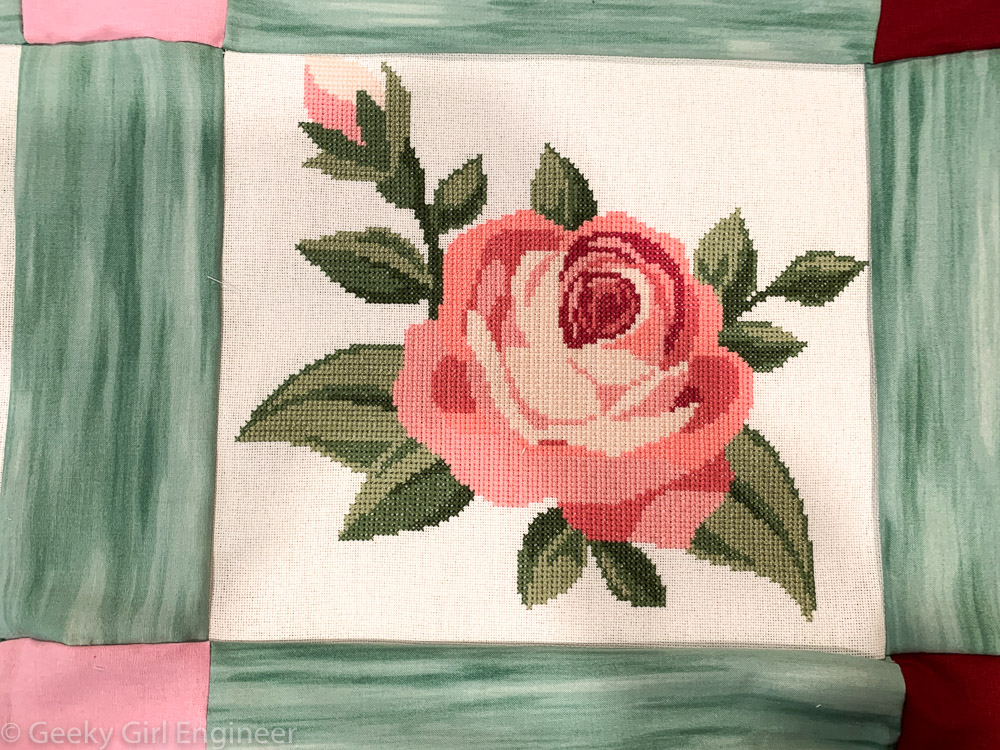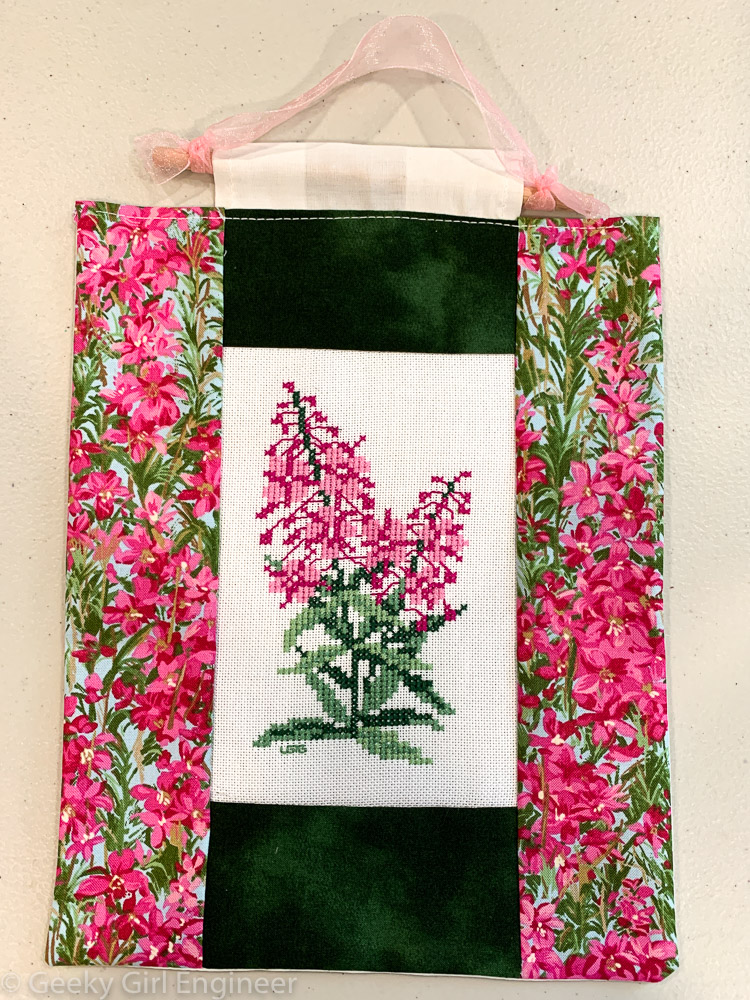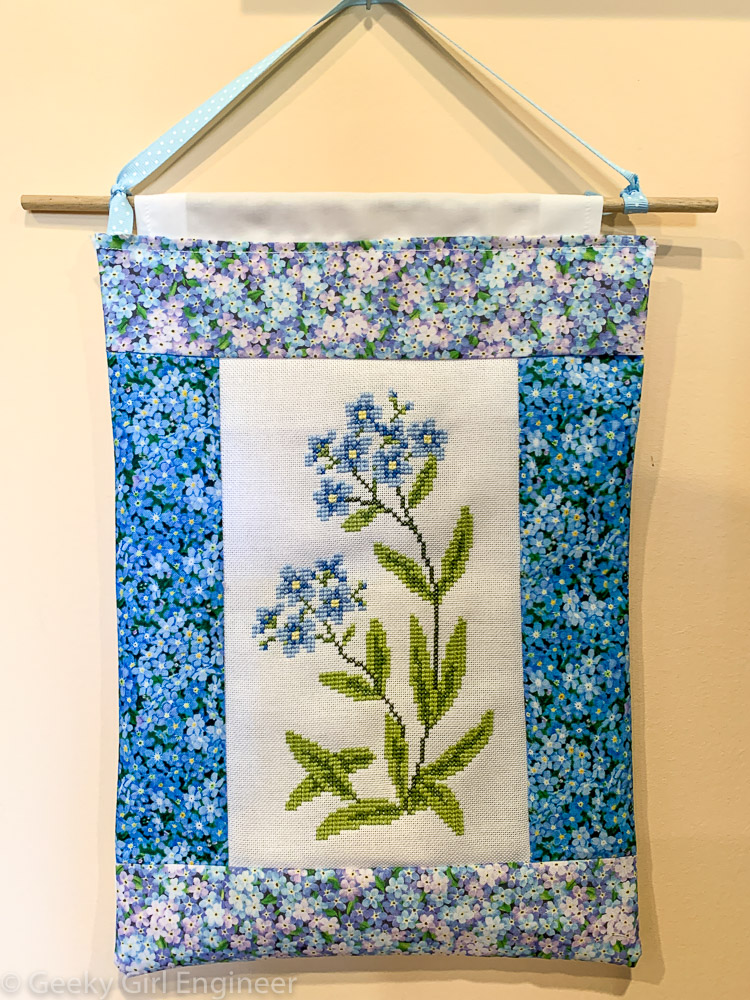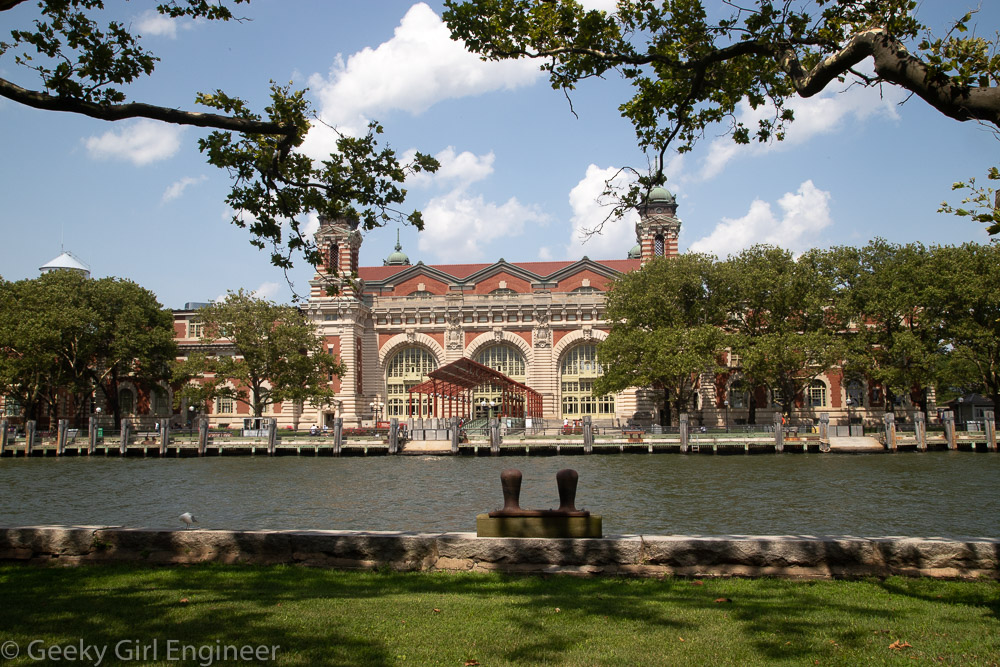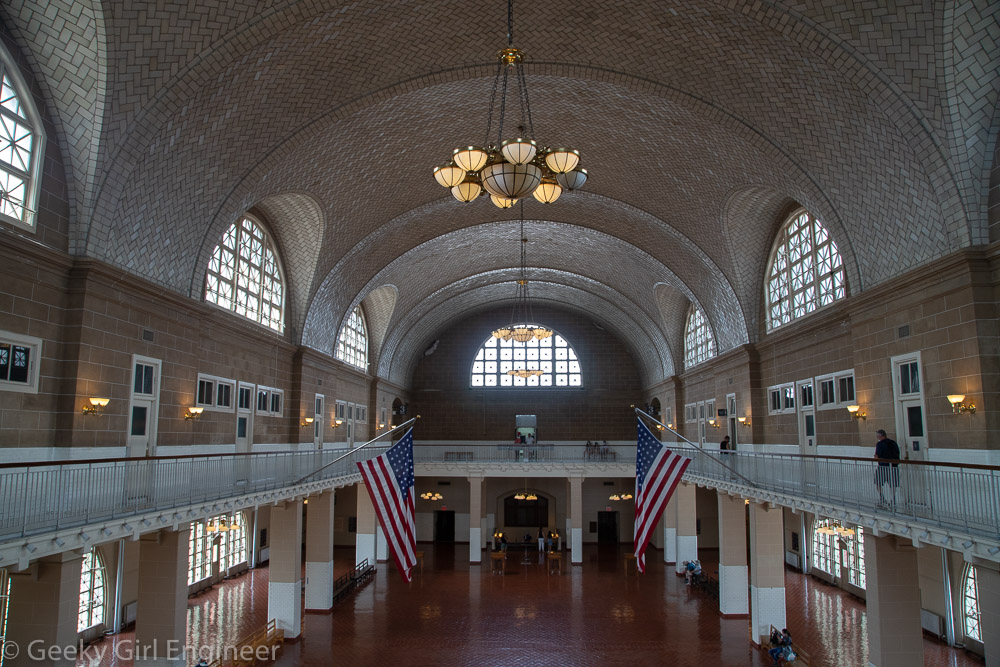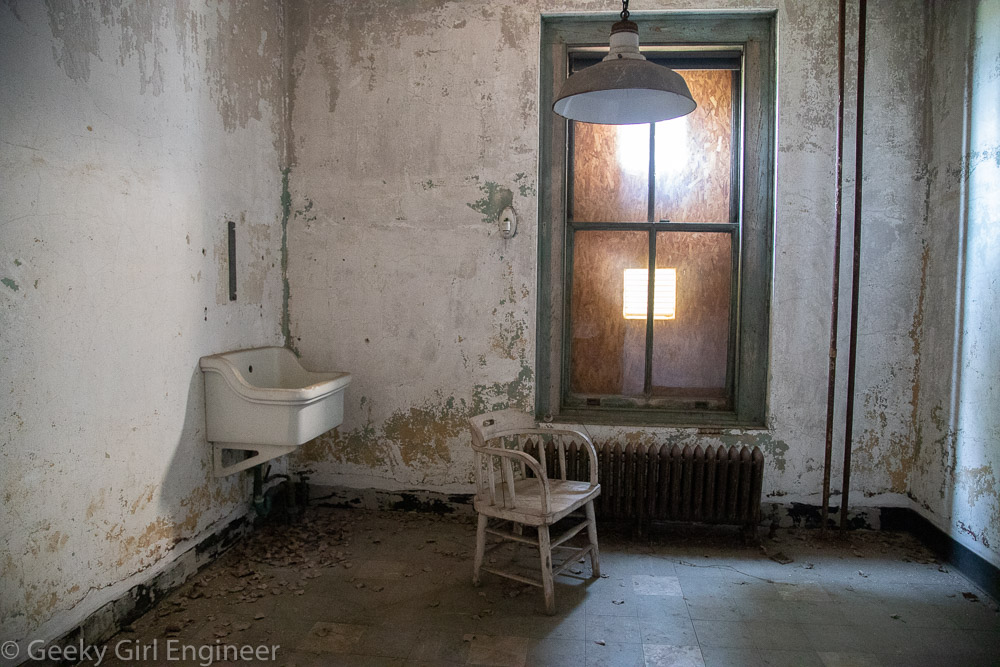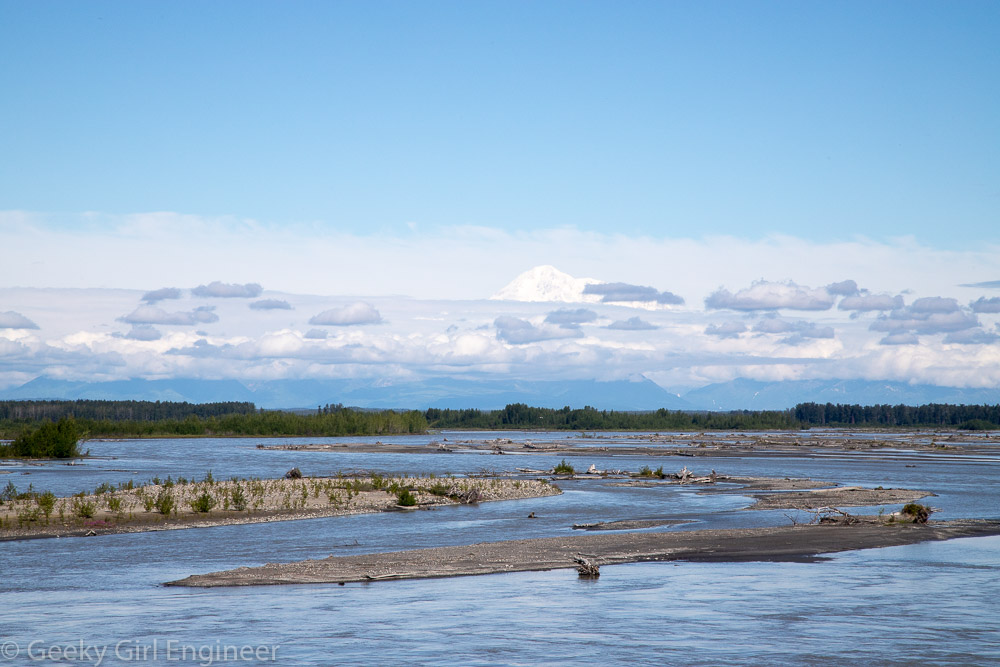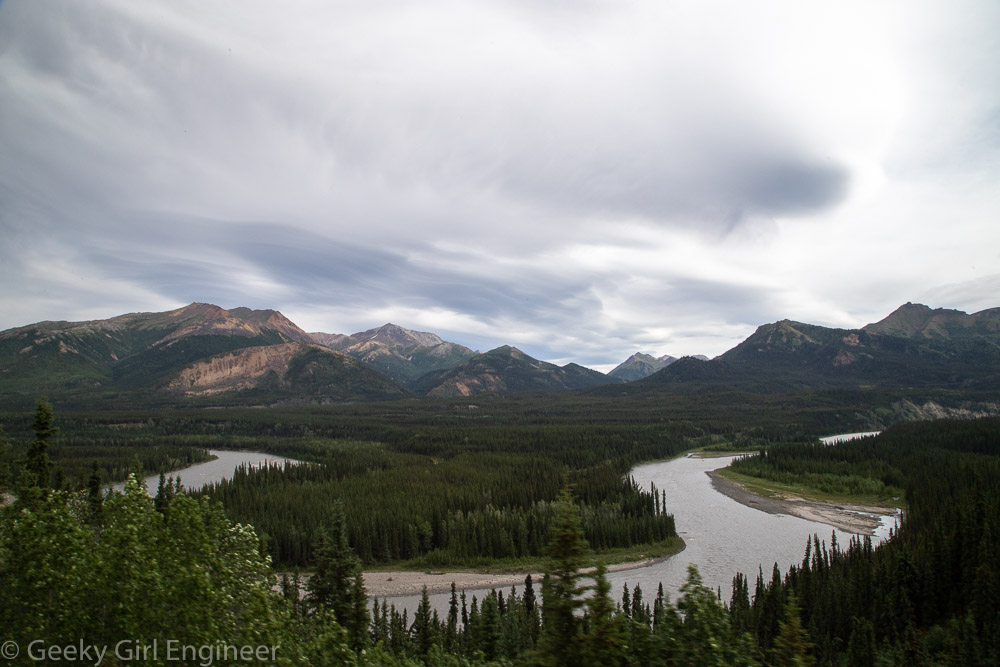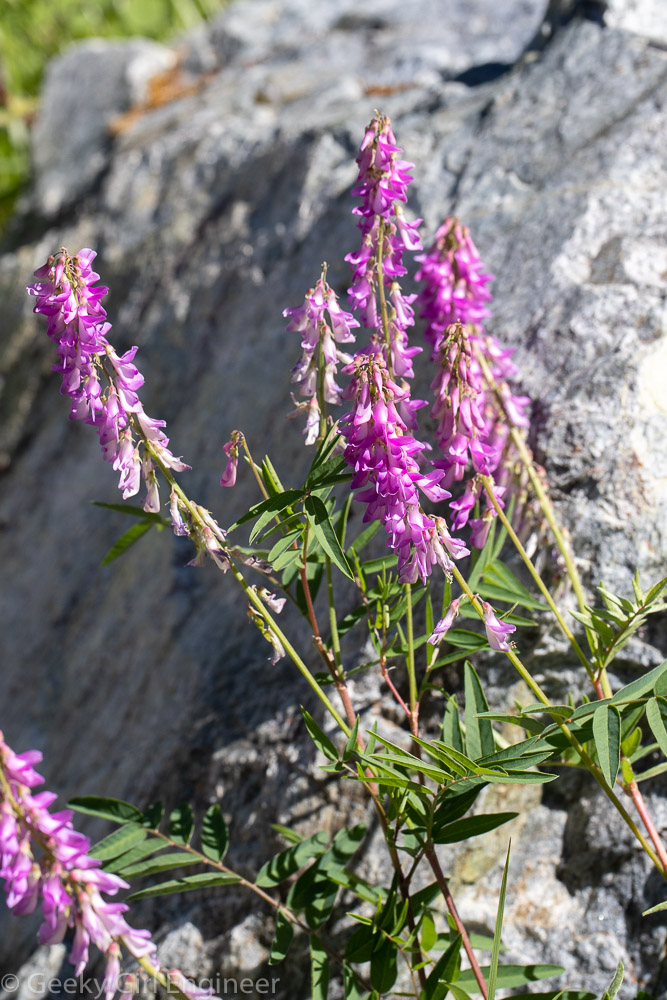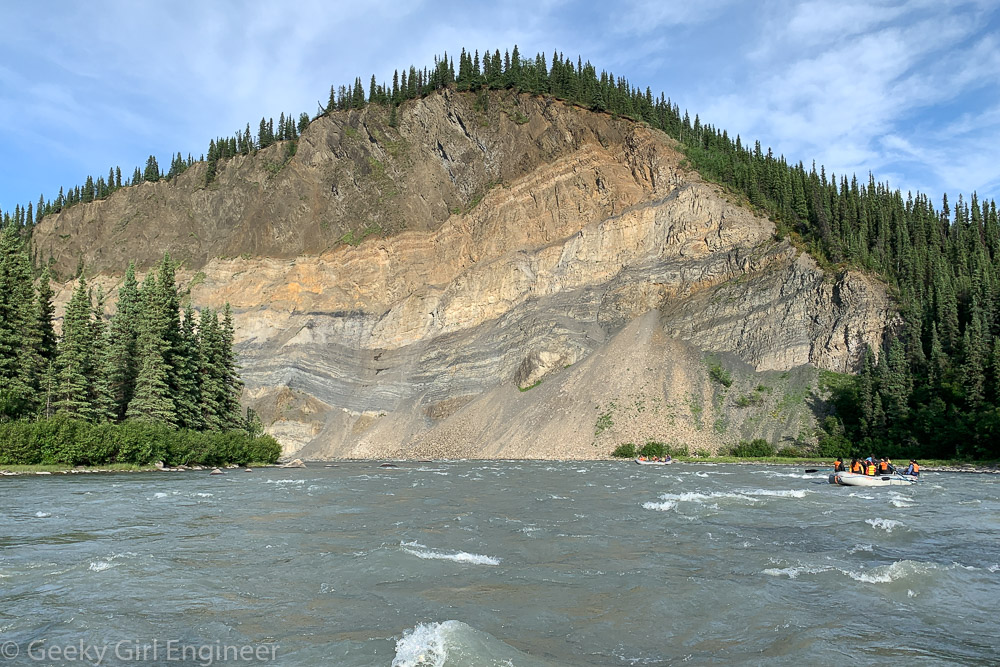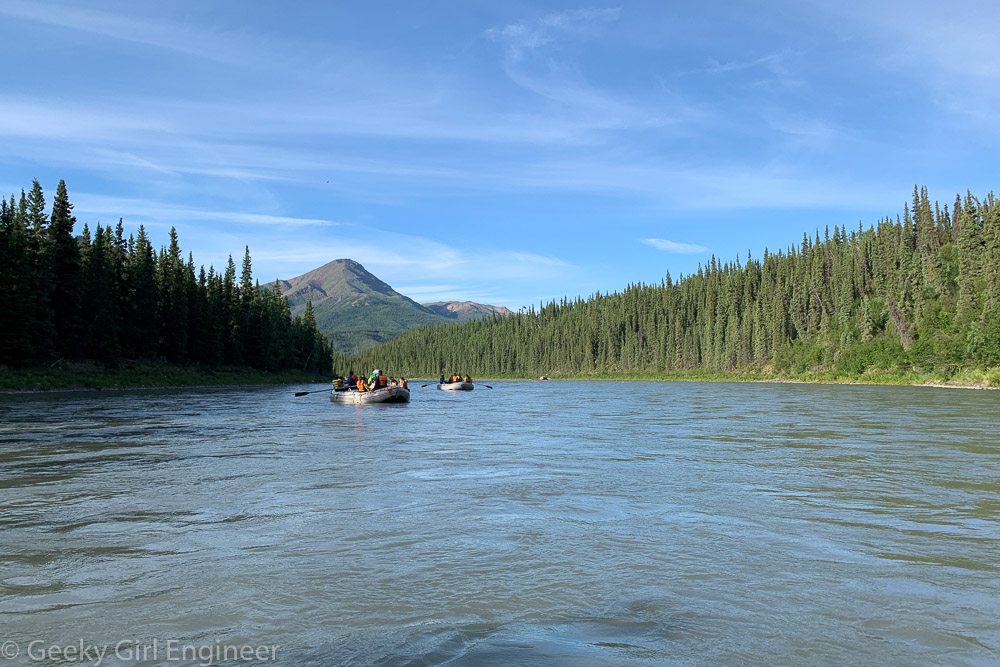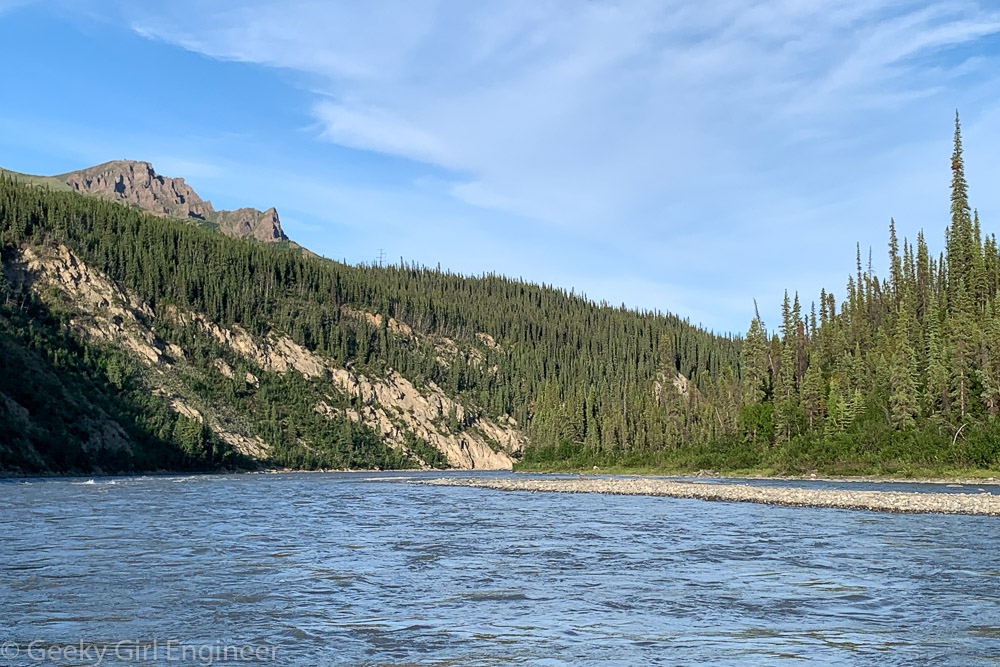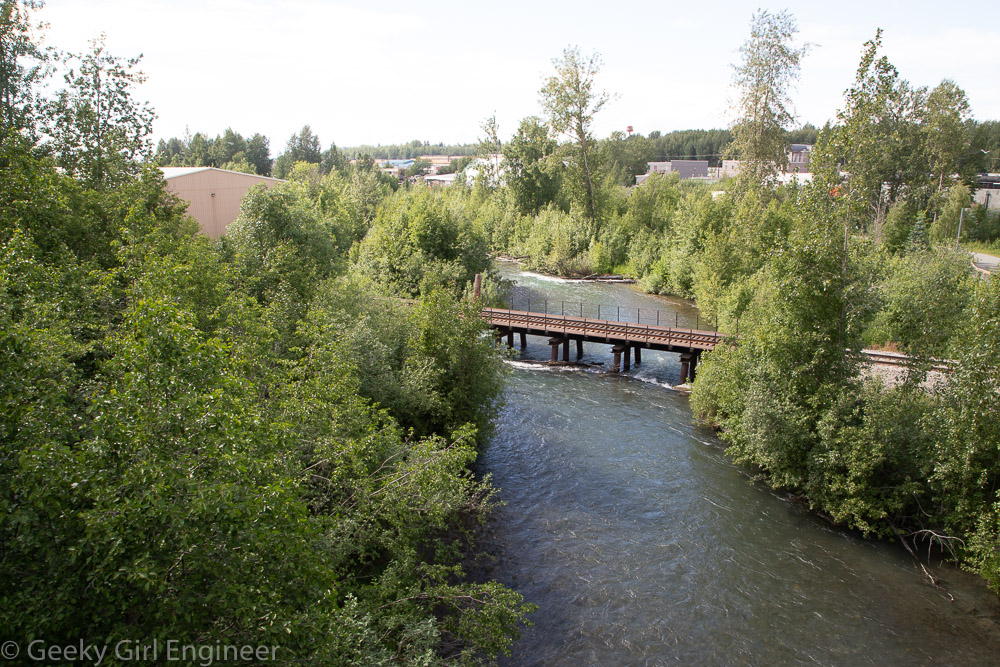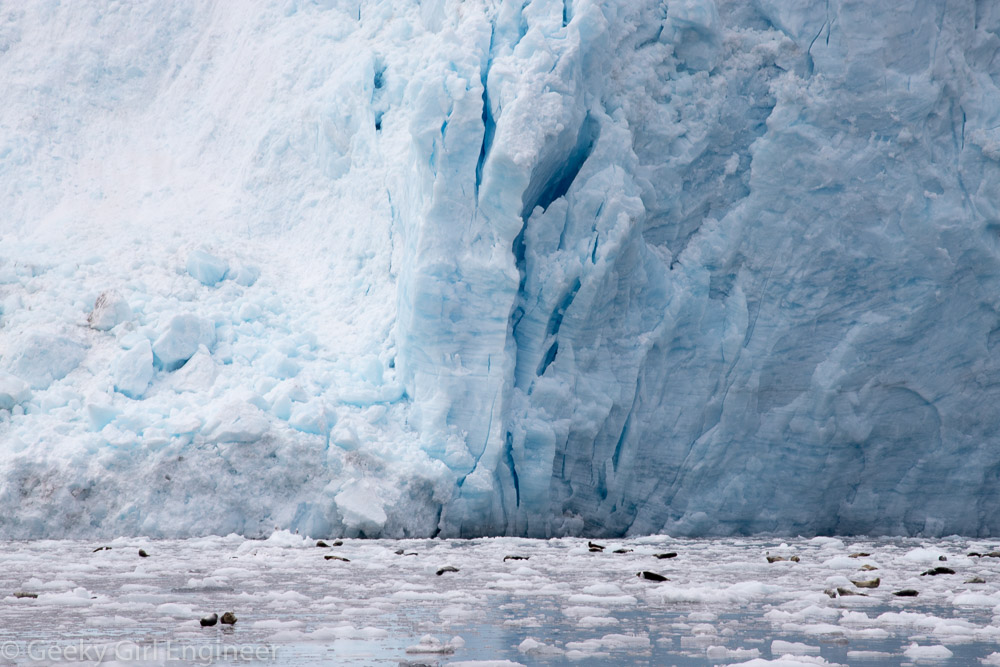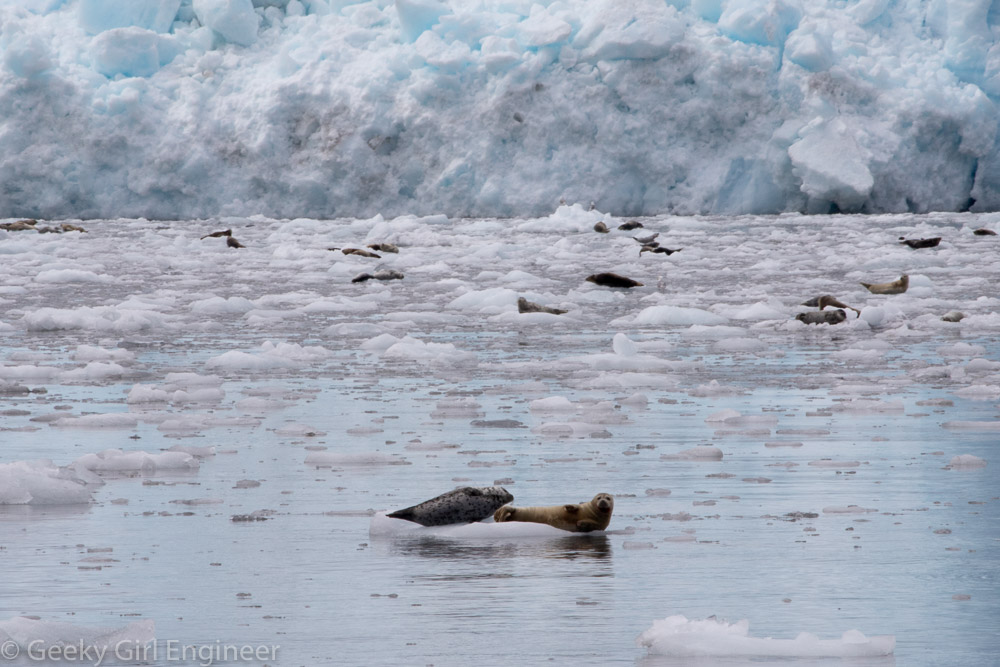During COVID, I have been doing a lot of cross-stitching. Then of course, the question is what to do with all these finished cross-stitched projects. Wall hangings are rather easy and give me a way to display them. I found patterns for three lovely roses on Etsy by the same artist, so I decided to finish them as one wall hanging. I used coordinating green fabric to frame each with four different colors of reds and pinks to emphasize the colors of each rose.
This wall hanging also gave me practice sewing. If you look carefully, you can tell, I still need practice sewing. [Although I have done a lot of sewing since I made this months ago.] My main issue is getting pieces to meet and square properly. I think part of the problem, at least for the below project, is that the framing fabric is standard cotton fabric, perfect for quilting. The cross-stitches are obviously done on a different type fo fabric. These are on linen. The fabrics stretch slightly different, and I think that is leading to some problems. Clearly I just need to keep stitching and sewing and practicing more.

